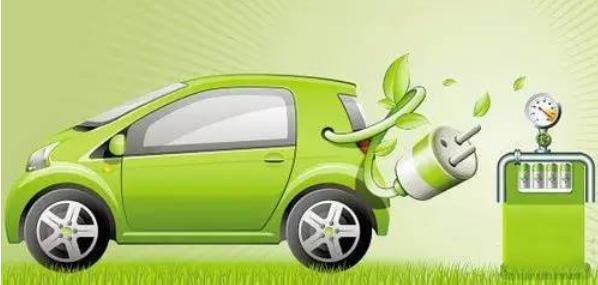Policy Outlook in 2017: Less Subsidiaries and Higher Auto Purchasing Expenditure
Shanghai December 28th, 2016 ZXZC - Although Chinese auto market faces a macroeconomic downturn in 2016, the market also achieves a two-digit growth stimulated by the halving purchasing tax policy and implementation of alternative energy vehicles. The following parts will give a brief introduction of the policy outlook in 2017.

Narrowing purchasing tax benefits squeeze auto market growth
New policy comes out that the purchasing tax rate will be 7.5% for passenger vehicles with displacement no larger than 1.6L in the year 2017. And the rate will recover to 10% in 2018. The new policy will undoubtedly influence the market growth, and it is predicted that the growth rate of auto market will reach 4%-5% in the next year.
Adjusting subsidiaries for alternative energy vehicles increase purchasing expenditure
Although no detailed subsidiary plan has been published, it is no doubt that the subsidiaries for alternative energy vehicles will decrease in the next year. Subsidiaries for alternative energy cars will decrease 20% in the year 2017 to 2018, and 40% in year 2019 to 2020. Subsidiary policy will face a comprehensive withdrawal after the year 2020.
Carbon quota management trial brings recovery for alternative energy vehicle market
It is said that the carbon quota management trial for alternative energy cars will begin in 2017 and will be officially implemented in 2018. The new management will stimulate companies to produce alternative energy models.
Beijing will provide VI oil to decrease pollutant emissions
Beijing VI oil will be provided since January 1st, 2017. It’s predicted that the particulates emissions for gasoline vehicles will decrease 10%. Other pollutants will also face decrease rate no larger than 12%.

